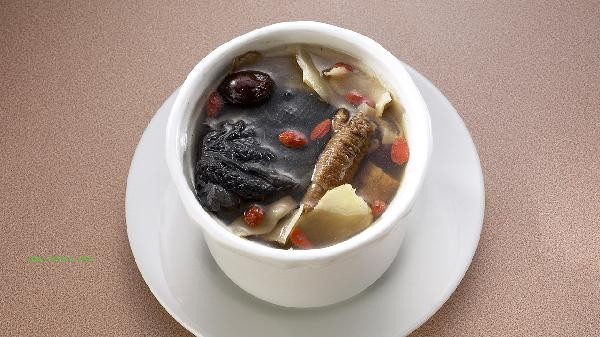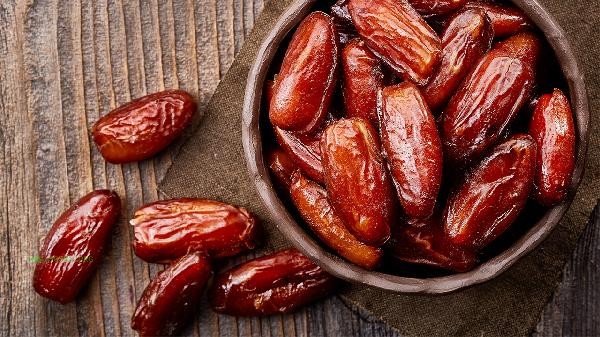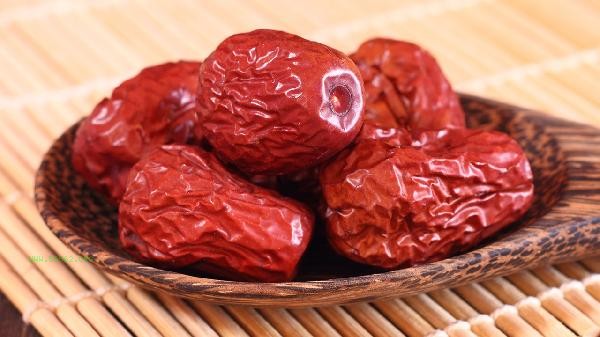High quality red dates can be identified by observing their appearance, smelling their aroma, tasting their texture, measuring their elasticity, and examining their core.

1. Appearance
High quality red dates have a deep red or purple red skin, a natural luster on the surface, and fine and uniform wrinkles. The fruit is full, intact, and undamaged, with no signs of mold or insect infestation. Poor quality red dates have a black or yellow color, obvious wrinkles on the skin, and common cracks or spots. Specific varieties such as Xinjiang Ruoqiang jujube should have their own unique appearance characteristics.
2. Smell
Fresh red dates have a sweet jujube aroma, and after drying, they retain a light caramel aroma. Poor quality dates smoked with sulfur have a pungent sour taste, and moldy dates emit a putrid odor. Red dates can be placed in a sealed container and shaken before opening the lid to smell the fragrance. The normal aroma of red dates lasts for a long time.
III. Taste
High quality red dates have thick and chewy flesh, pure sweetness without bitterness. Aged or damp dates have loose and sour flesh, while sulfur dates have a chemical irritation. Suggest breaking open the jujube flesh and observing. The inside of the jujube is amber colored, with fine fibers and no impurities.

Fourth, measure elasticity
The quick rebound of the jujube body when lightly pressed with fingers indicates moderate moisture content and good quality. The depression that does not recover after pressing may be due to moisture or excessive drying. High quality red dates collide with each other with a crisp sound, while low-quality dates have a dull sound.
Fifth, look at the fruit core [SEP]. After breaking it open, it is easy for the core to separate from the flesh, and those with small cores and thick flesh are considered high-quality. A jujube with a large kernel and thin flesh or a blackened kernel may indicate immaturity or spoilage. The proportion of fruit pits in Xinjiang gray jujube and other varieties should be less than 15%.
It is recommended to choose seasonal new jujubes from regular channels for daily purchases. After opening, they should be sealed and moisture-proof. Red jujube has a high sugar content, and the daily consumption should be controlled within 50g. diabetes patients should follow the doctor's advice. Food desiccants can be placed during storage, and if they are found to be infested with insects or mold, they should be discarded immediately. Stewing with ingredients such as millet and Tremella fuciformis can better enhance the effect of nourishing blood and qi.









Comments (0)
Leave a Comment
No comments yet
Be the first to share your thoughts!